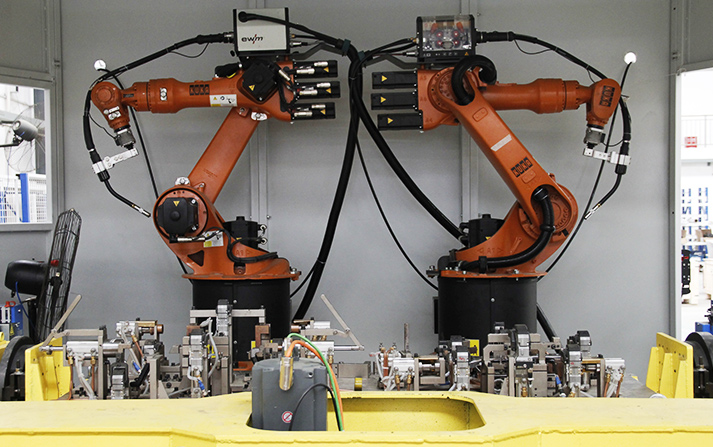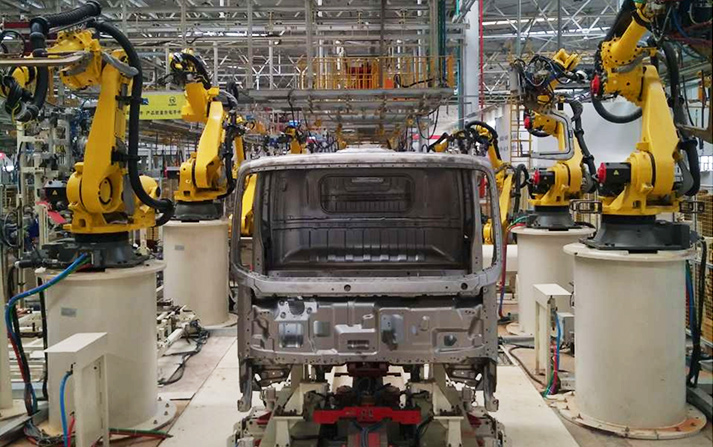Robotic Welding is an advanced technology that uses computer-controlled automated robots to perform welding operations, usually using arc welding,
argon arc welding and other welding methods. The robot automatically performs welding operations according to the workpiece's geometry and welding requirements through preset programs to achieve an efficient and precise welding process.

Robotic Welding key technologies and features:
1. Precise positioning: The
robot welding system is equipped with high-precision sensors and positioning systems, which can accurately identify the welding position and workpiece shape to ensure the accuracy and consistency of welding.
2. Automated control: Through preset welding programs and parameters, the robot can automatically control welding speed, current, voltage and other parameters to realize automated welding operations and improve production efficiency.
3. Multi-axis motion: The robot welding system adopts multi-axis linkage motion, which can realize complex welding paths and angles, and is suitable for welding workpieces of various shapes and sizes.
4. Flexible adaptability: The robot welding system has flexible adaptability and can be suitable for welding workpieces of different materials and thicknesses, while supporting a variety of welding methods and processes.

Robotic Welding application scenarios:
1. Automobile manufacturing: Robot welding is widely used in the automobile manufacturing industry, including body welding, cab welding, chassis welding, container side panel welding, seat welding, door welding, parts welding, etc.
2. Aerospace: In the aerospace field, robot welding is used for welding aircraft structural parts, which can achieve complex shapes and high-strength welding requirements.
3. Metal processing: Robot welding is also widely used in the metal processing industry, including steel structures, pipes, containers and other fields.
4. Electronic manufacturing: In the field of electronic manufacturing, robot welding is used for the welding of printed circuit boards (PCBs), which can achieve high-precision welding of tiny solder joints.
Future trends:
With the continuous development of artificial intelligence, computer programming, robots and other technologies, robotic welding systems will become more intelligent and adaptive, able to achieve more complex and sophisticated welding tasks, bringing more development opportunities to the manufacturing industry.

